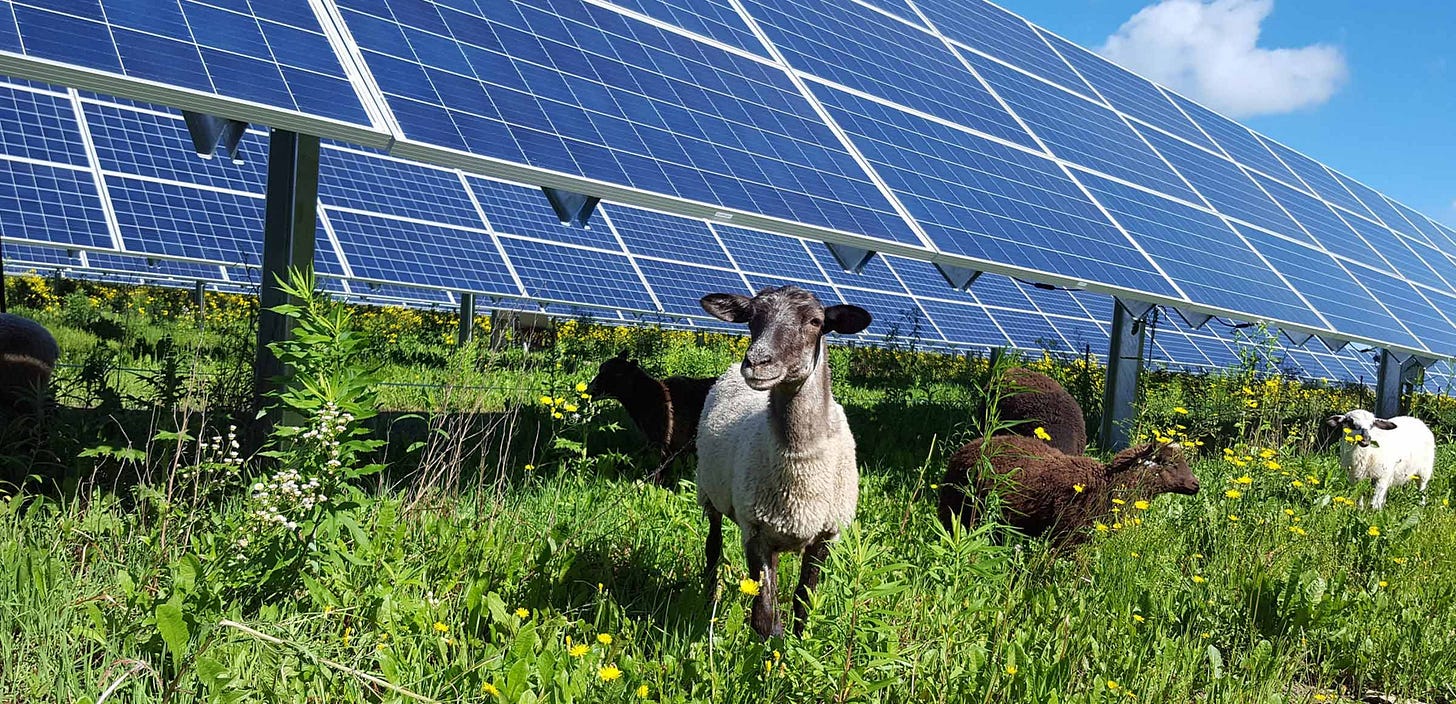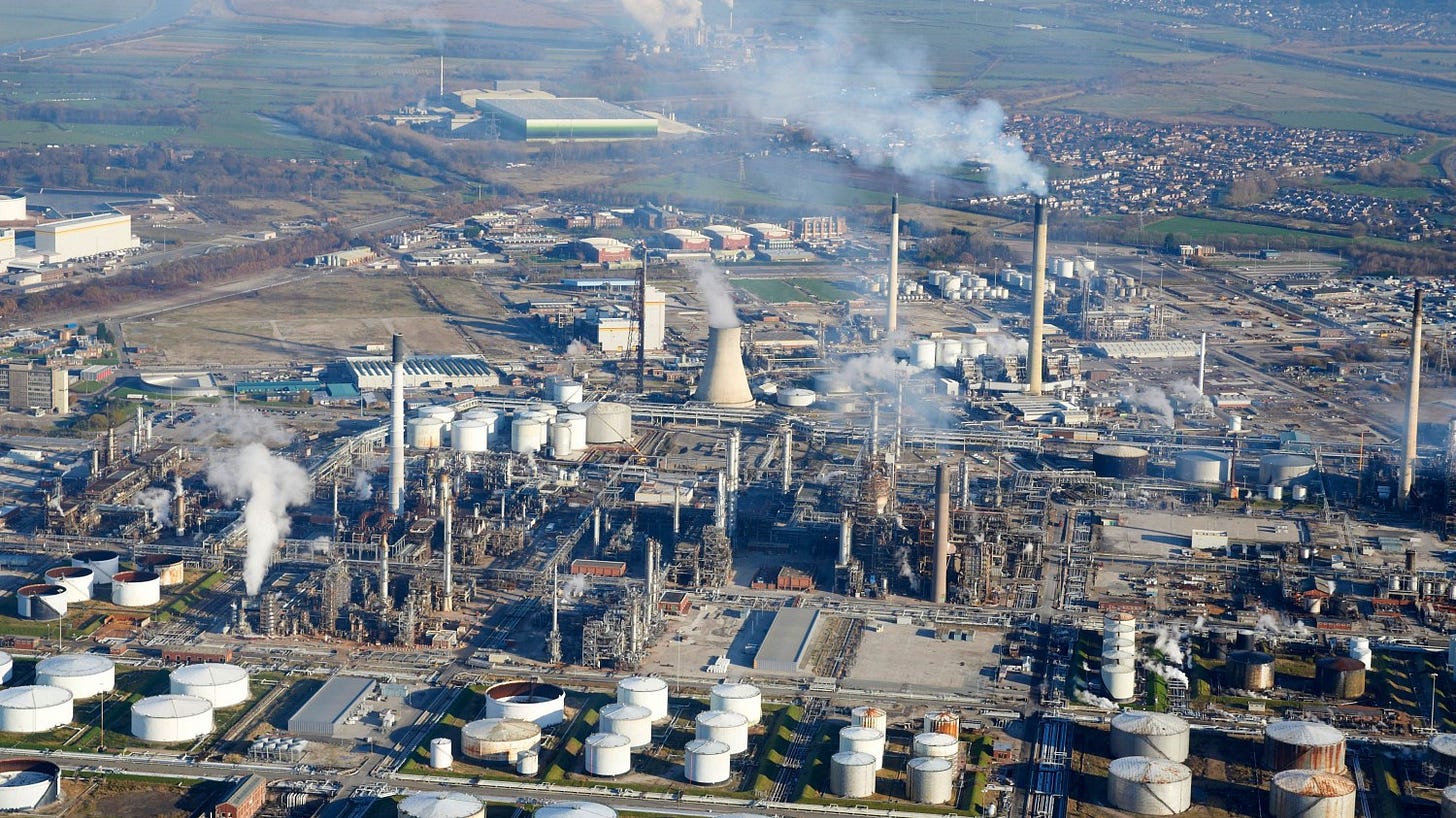Faraday x Intercalation Essay Winner
This summer, we ran an essay competition with The Faraday Institution Conference. It was based around the prompt ‘Your vision for the battery industry in 2040.’
A huge thank you to everyone who entered, it was a pleasure to read each and every entry.
Our winner is Sam Goodwin, Faraday PhD Researcher at the University of Liverpool working on Solid State Batteries. We hope you enjoy taking this journey with him as he looks to 2040.
Life in academia can be non-stop and isolating. It’s sometimes hard to see the benefits of your PhD on wider society when you spend eight hours a day grinding powders in a lab. How can this translate into a clean and bright future? Despite doubts, almost unknowingly, you find yourself noticing things others wouldn’t, seeing the potential for innovation everywhere; your research starts to fall into place. Then it makes sense, the reason why you do this. You are driving a change, at the forefront of something special. Sometimes these revelations happen at the most unexpected times.
For me, it was something as mundane as a journey from my hometown, back to work in Liverpool. I want to take you on that journey, the journey that I took, looking out of the window of a train hurtling through the canvas that is the British countryside.
The main leg of my journey begins in the capital, and it’s not long before I can start to draw inspiration for my vision of the future. Like myself today, the battery industry’s journey will also begin here, in London. For any progress to occur in the next fifteen years, full commitment is required from the UK government, and it will be legislation formalised in this city that will have huge effects on this sector. Without continued backing and clear plans, the battery industry will likely fragment into isolated pockets of innovation; instead, a unified and streamlined plan is required for change.
Projects like the Faraday Battery Challenge and Advanced Propulsion Centre highlight successes of the present day and position the UK as world leading in battery R&D; however, building pressure for an all-electric transition will mean these become stretched in the coming decades, needing successors and additional breadth to scale out. Volatility in science funding is always possible, so my vision for 2040 depends on full commitment and support from Westminster.
I could write a separate full essay on the effects of legislation, but instead my vision concentrates on something closer to home. The way to secure this future is through education. I can say this confidently, having witnessed the effects of outreach in schools first-hand. Genuine engagement and curiosity because of simple interactive presentations.
By 2040, I envisage batteries being incorporated into the curriculum at all levels. As students progress through the schooling system, their understanding and appreciation for the importance of these devices will grow. Pre-PhD, battery education for me was limited – now I wish I had that fundamental grounding from an early age, rather than learning it now for thesis writing.
Outreach will be vital, revealing the true extent of research and the industry, and opportunities that they facilitate. This will become particularly evident as the younger generations reach working age in a battery dominated future, where large numbers of vacancies will require skilled individuals with that knowledge – a projected 170,000 jobs in EV manufacturing alone for 2040.
Moving away from the city and the quiet of train travel allows for more reflection, I look out across green pastures and fields thinking of the opportunities they present. Agricultural land accounts for 70% of UK landmass, so it seems only natural for some of this to be designated to renewable energy sources.
Increases in solar panels and wind turbines requires an increased amount of grid level storage, opening the way for large stationary storage sites. Looking closer, these batteries are not lithium-based, but sodium instead. The draw of low cost and readily available materials without a significant trade-off in performance leads to mass implementation of these systems.
Further on, the canvas becomes more populated. My train runs alongside the M1 motorway, and I gain an insight into the country’s attitude towards motoring trends. Today, the electric car is the rarity. Having made this journey for several years, I’ve seen how peoples attitude towards electric vehicles has changed – simply by looking at a stretch of road.
In my vision of the future, the scene is reversed, with the petrol car looking like the dinosaur in a sea of spaceships. Not least because of incoming legislation – banning new sales of petrol and diesel cars by 2035 – but also because of falling costs and increased diversity in the EV market improving accessibility. Innovation and commercialisation of improved battery architectures such as the fabled solid-state battery improve range, reducing range anxiety to a thing of the past, and increased longevity and safety means a lifetime of these vehicles which will rival that of present-day cars.
Not only will the vehicles themselves change, but so will infrastructure. A sight of a service station prompts another stroke of the paintbrush. Gone are the days of gas stations, replaced by all-electric forecourts. These have been popping up all over the country recently, but a mass expansion nationwide will support this future. Rapid charging will be readily available and affordable, facilitated by the next generation of batteries. Lanes on the motorway itself will be marked out in green, signifying wireless charging capabilities for heavy goods vehicles. By charging on the go, over specific routes, emissions are cut greatly and stress on the remaining lanes is reduced.
Out of the other window I’m prompted by the relic of industrial Britain that intertwines the rail and road network. The canal system is a hum of diesel-powered boats and a slower pace of life, however even these cannot escape the electric future.
In recent years, more narrowboats have been retrofitted for electric propulsion, utilising large batteries fed by solar – it’s a strange marriage, a vessel once designed for transporting coal for the industrial heartbeat silently sailing along, flying the flag for a greener future. This practice will become more widespread by 2040, with lithium-based batteries still being the technology of choice, their lightweight nature is appealing, reducing emissions and pollution, cleaning up the waterways, and promoting innovation even in the unlikeliest of places.
Skirting around the edge of Coventry, recent funding announcements bring my attention to gigafactories and their turbulent nature. £35 million pledged for the development of a site with the potential for £2.5 billion worth of investment. Big claims, and as we saw with the BritishVolt saga, not always a guarantee of success. It’s estimated that by 2040, the UK will require 200GWh of factory capacity.
Comparing the current 2GWh and the projected 50GWh from planned projects, a huge deficit needs to be overcome. The 2030s need to be a major growth period, if it isn’t then targets are missed and we must rely on international trade; so there must be an incentive for ground to be broken, capital needs to be readily available. Without venturing into politics, this has the potential to be one of the major hold-ups, acting as a bottleneck for the rest of the industry.
Everything that I’ve envisioned so far does not come without a price. This becomes more apparent as I round the corner from Runcorn station and gaze over the array of chemical and oil refineries littering the banks of the River Mersey. Sprawling masses of towers and pipework, illuminated by the glow of pilot lights, immediately signposts itself as the Stanlow oil refinery. Accounting for 16% of the UKs petrol provisions and contributing heavily towards other fuel types, the sheer quantity of non-renewables passing through this plant is hard to comprehend. Unmistakeably vital for the current economy, but at the same time unnerving. After everything I’ve talked about, this feels like the antithesis of my vision.
The raw statistics for critical mineral demand highlights the magnitude of operations required for battery production. According to the UK Battery Strategy, “15,000 tonnes of lithium, 90,000 tonnes of nickel, 11,000 tonnes of cobalt, 10,000 tonnes of manganese, and 135,000 tonnes of graphite” could be required annually by 2030. Expand this by another ten years and add in additional chemistries, the numbers become dizzying. Combine this with ethical dilemmas such as the sourcing of cobalt or the pursuit of deep-sea mining operations, the supply chain begins to look fragile.
Thinking back to the refinery, 7.7km2 of site, with no place in 2040 – why can’t this be used as a hub for battery recycling and chemical processing? Prime access by water, road, and rail keeps the transport emissions low, and these internal links play well into the hands of homegrown mineral extraction projects such as Cornish Lithium and British Lithium to name a few. Efficient recycling of materials, less reliance on international trade (also being restricted), and elimination of questionable sources leads to a much more robust supply chain, powering this vision.
As I get off the train, I’m greeted with a sense of warmth. Yes, I know that the monotonous lab work starts again in the morning; but with every passing day, I know that I am contributing towards the clean future. When I’m asked what I do for work, I can proudly say that I make new materials that will help save the world.
🌞 Thanks for reading!
📧 For tips, feedback, or inquiries - reach out
📣 For newsletter sponsorships - click here










